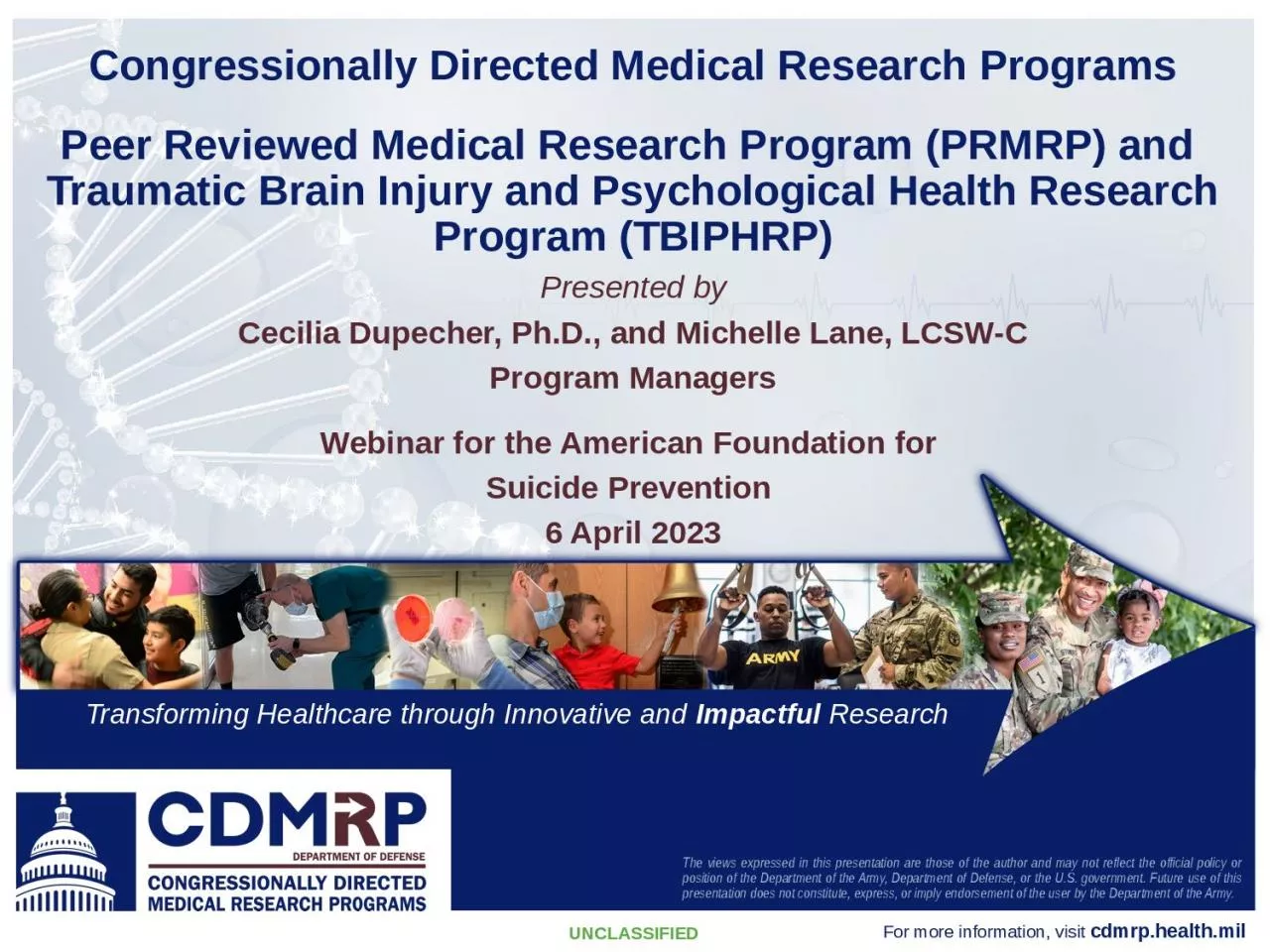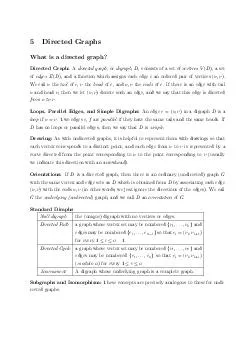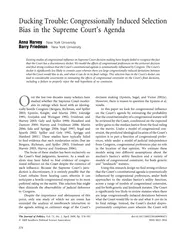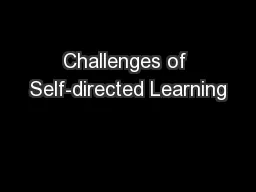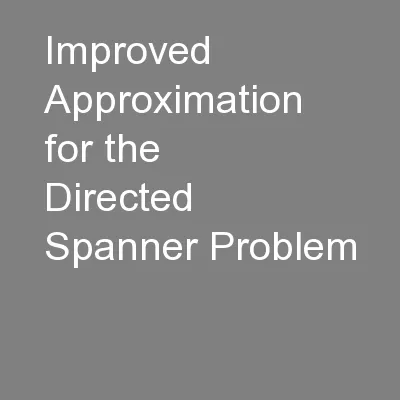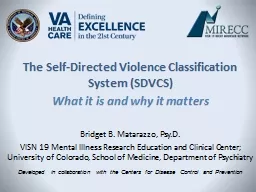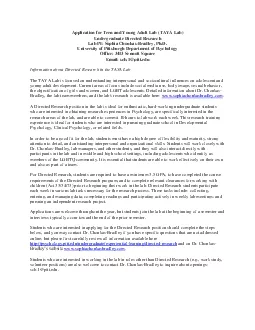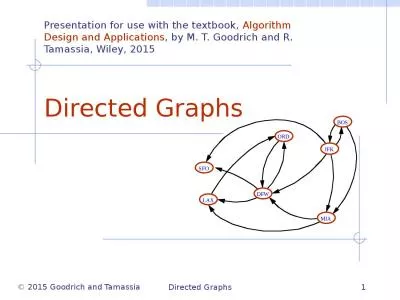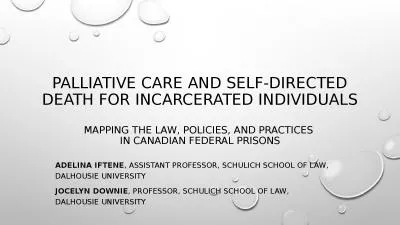PPT-Congressionally Directed Medical Research Programs
Author : anya | Published Date : 2023-11-21
Peer Reviewed Medical Research Program PRMRP and Traumatic Brain Injury and Psychological Health Research Program TBIPHRP Presented by Cecilia Dupecher PhD and
Presentation Embed Code
Download Presentation
Download Presentation The PPT/PDF document "Congressionally Directed Medical Researc..." is the property of its rightful owner. Permission is granted to download and print the materials on this website for personal, non-commercial use only, and to display it on your personal computer provided you do not modify the materials and that you retain all copyright notices contained in the materials. By downloading content from our website, you accept the terms of this agreement.
Congressionally Directed Medical Research Programs: Transcript
Download Rules Of Document
"Congressionally Directed Medical Research Programs"The content belongs to its owner. You may download and print it for personal use, without modification, and keep all copyright notices. By downloading, you agree to these terms.
Related Documents

